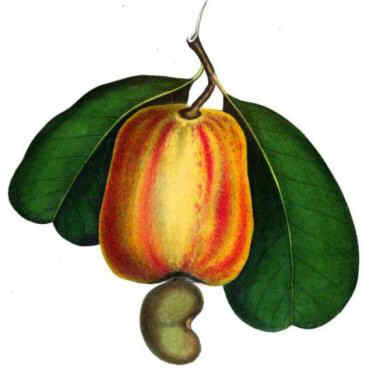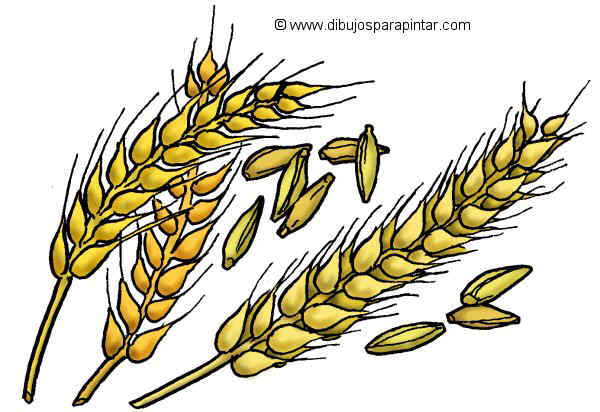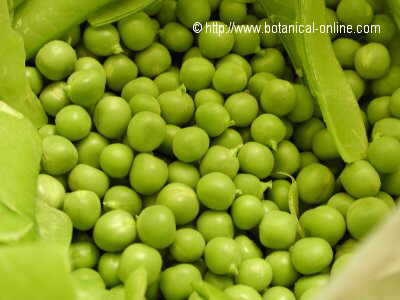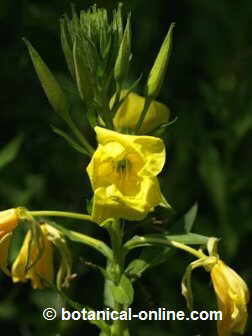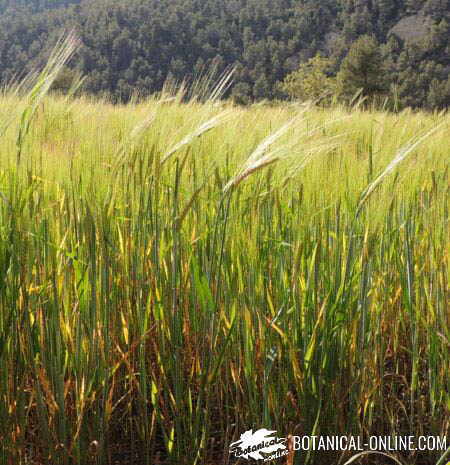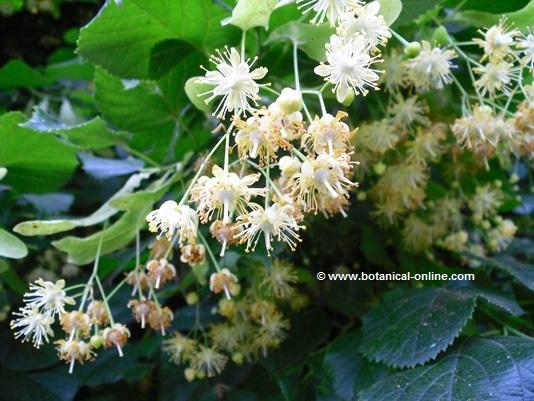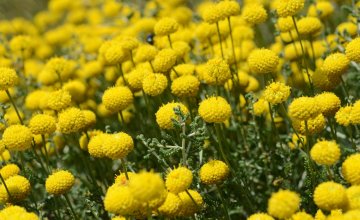Contents
How to grow Brazil nuts
BRAZIL NUT TREE CULTIVATION
Growing Brazil nuts
Brazil nuts are the seeds of Brazil nut tree (Bertholletia excelsa), a tree native to the Amazon forests of Bolivia, Brazil and Peru.
Most of Brazil nuts that are sold are obtained almost exclusively from natural plantation trees, not from crops.
The tree is easily developed, and has emerged as a good alternative to reforest degraded areas of the Amazon rainforest.
In addition to conserving the tropical forest, these trees are a good resource for diet and work of Amerindian populations.
A Brazil nut tree can produce Brazil nuts for 15 or even 20 years.
Tree description
Brazil nut tree is very high (among the highest in the Amazon rainforest); between 30 and 50 meters high. Its trunk is cylindrical, straight and unbranched, till almost 2 meters in diameter in the older specimens.
It belongs to the family of Lecythidaceae, that is closely related to the sapucaia (Lecythis pisonis Cambess), a smaller tree whose nuts are also consumed.
Brazil nut tree is very wide and branched: up to 20 meters in diameter. It contains alternate, simple, oblong leaves, dark green, from 30 to 50cm in length.
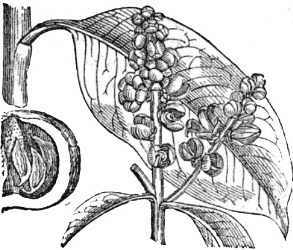
Illustration of the plant
Flowers axillary or terminal, solitary or in clusters of about 2cm in diameter, 6 petals, pale yellow or white. They have numerous stamens.
Woody, globose fruits in capsule (pixidiums), with a shape and a size similar to an orange, between 8-15cm in diameter (The natives call this capsule “ouriços”). It is a woody capsule about 0.5 – 2cm thick.
When mature, it releases the seeds it has inside. A fruit may contain between 14 and 24 seeds, hard-shelled, 4-7cm long. By breaking this shell Brazil nuts are obtained.
Brazil nut tree weather requirements
The tree grows naturally in the Amazon forests of Brazil, Bolivia and Peru.
It has been introduced in other tropical climates, such as certain experimental plantations in the tropics of the Americas, Africa and Malaysia. Samples can also be found in some botanical gardens.
Brazil nut tree needed soil
In its natural habitat, Brazil nut tree grows in deep, rich alluvial soils, well-drained, rich in organic matter and on high ground. It does not tolerate flooding.
Propagation and planting of Brazil nut trees
Brazil nuts found in markets come from wild specimens, from the Amazon forests, which are collected by local populations. Brazil Brazil nut trees have a big size. They have only been planted in experimental crops.
In its natural habitat, trees grow in clusters of about 50 to 100. The forests of Brazil nuts trees are called manchales in Peru and castanhais in Brazil. The density can be between 9 and 26 trees per hectare.
Reproduction by seed
When you want to get a copy from seeds, germination may take about 1-6 months in seed (seeds without the shell). In its natural habitat, seed shell can take between 1 and 3 years to germinate.
They are transplanted when they reach 40 -60cm. high. During the early years, the plant develops a thick taproot.
The tree begins to bear fruit after 10-15 years and reaches its biggest production after 30 years.
One of the problems that can occur in crops are due to lack of natural pollinators.
At the Centre de Pesquisa Agropecuaria do Tropico Umido (CPATU), from Empresa Brasileira de Pesquisa Agropecuaria (EMBRAPA) they are developing a cultivation method for the economic exploitation of these trees.
Flowering
The tree blooms during the dry season. Fruits take up to 15 months to mature on the tree and they fall in the early rainy season.
Pollinators are bees of the genera Bombus, Centris, Epicharis, Eulaema and Xylocopa. These insects visit the flowers to feed on nectar, becoming impregnated with the pollen of the plant. When these insects visit other flowers, they will deposit the pollen in other producing flowers pollination.
For fertilization to occur, pollination between flowers of different copies of trees (no flowers on the same tree) is necessary, since it is an allogamous species, that is to say, it requires crossed fertilization.
Harvest and export
The seeds take 15 months to mature on the tree before falling. They are mature in January and February, during the rainy season.
The harvest of this fruit is dangerous. Pickers protect themselves wearing helmets because the weight of such a fruit, falling from the height of the tree, can cause a lot of damage if it falls on the head (It consists on a 0.5 – 1 kg object, fallen from 50m, because they are very tall trees.)
The fallen down fruits are collected in baskets. Then, they pass to a plant where the capsule of the seeds, which must be prepared for export, is separated.
Bolivia is the largest exporter of Brazil nuts fruits, followed by Brazil and Peru. Production of Peru is located in the southeastern department of Madre de Dios. Brazil nuts are, together with the rubber extracted from Hevea brasiliensis, the most important plant products that are extracted from the Amazon rainforest.
Some specimens have been introduced in Malaysia, Sri Lanka, Java, Caribbean islands and Hawaii.
Brazil nut tree uses
- They are mainly cultivated for their seeds, also called Brazil nuts. For centuries, Brazil nuts have been an important food for many Amazonian tribes. It is currently marketed as dried fruit.
They can be used for ice cream, pastries, sweets, desserts, etc. A vegetable milk drink known as “Leite castanha” is made.
- You can get Brazil nut oil, which is rich in linolenic acid and has cosmetic properties to beautify the skin. The extraction residue flour is rich in proteins that, combined with wheat flour, can be used for making bread. It can also be used for animal feed.
- Tree wood, with a reddish-brown color, can be employed to make furniture, but the felling of trees is prohibited (by law) in some countries.
- The capsule of the fruit (pixidium) is used to burn, or local craft work (boxes, ornaments, mortars, etc.).
![]() More information on Brazil nuts.
More information on Brazil nuts.

